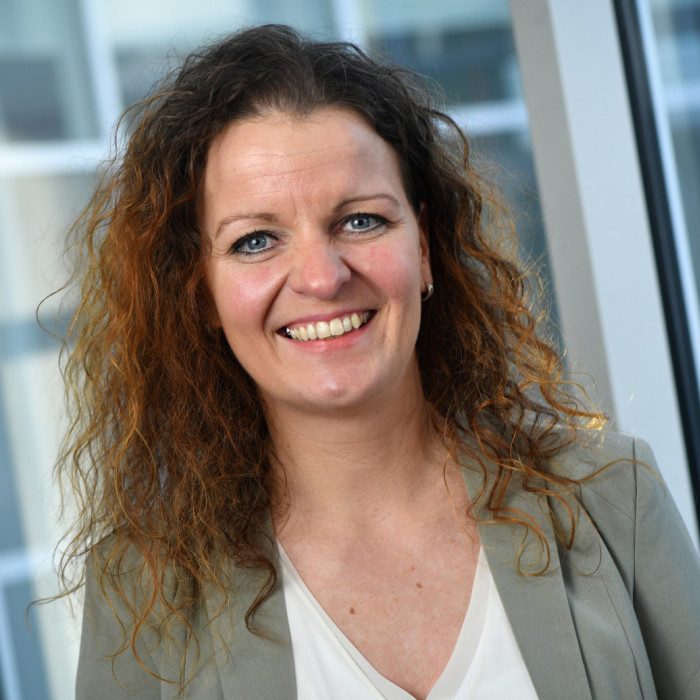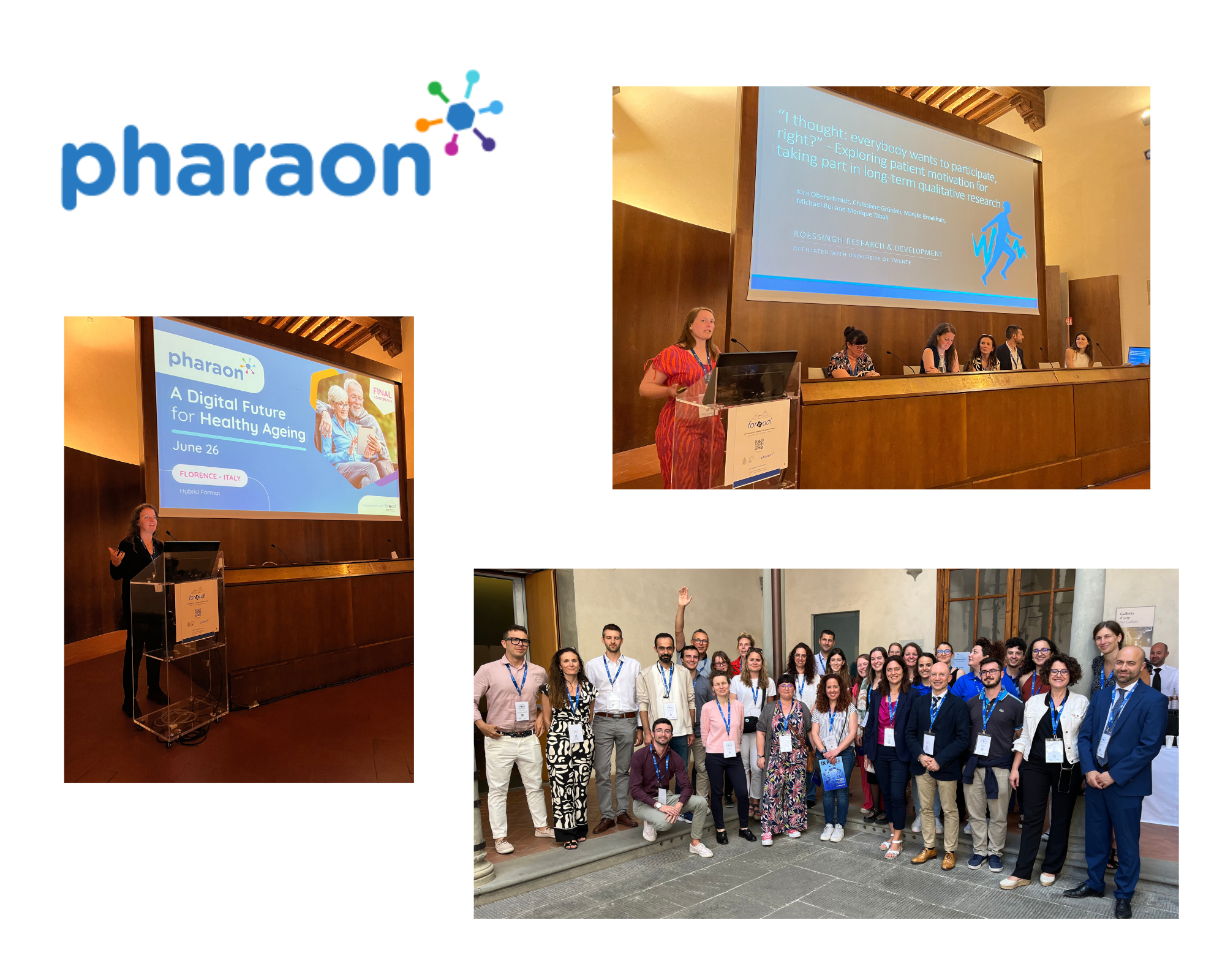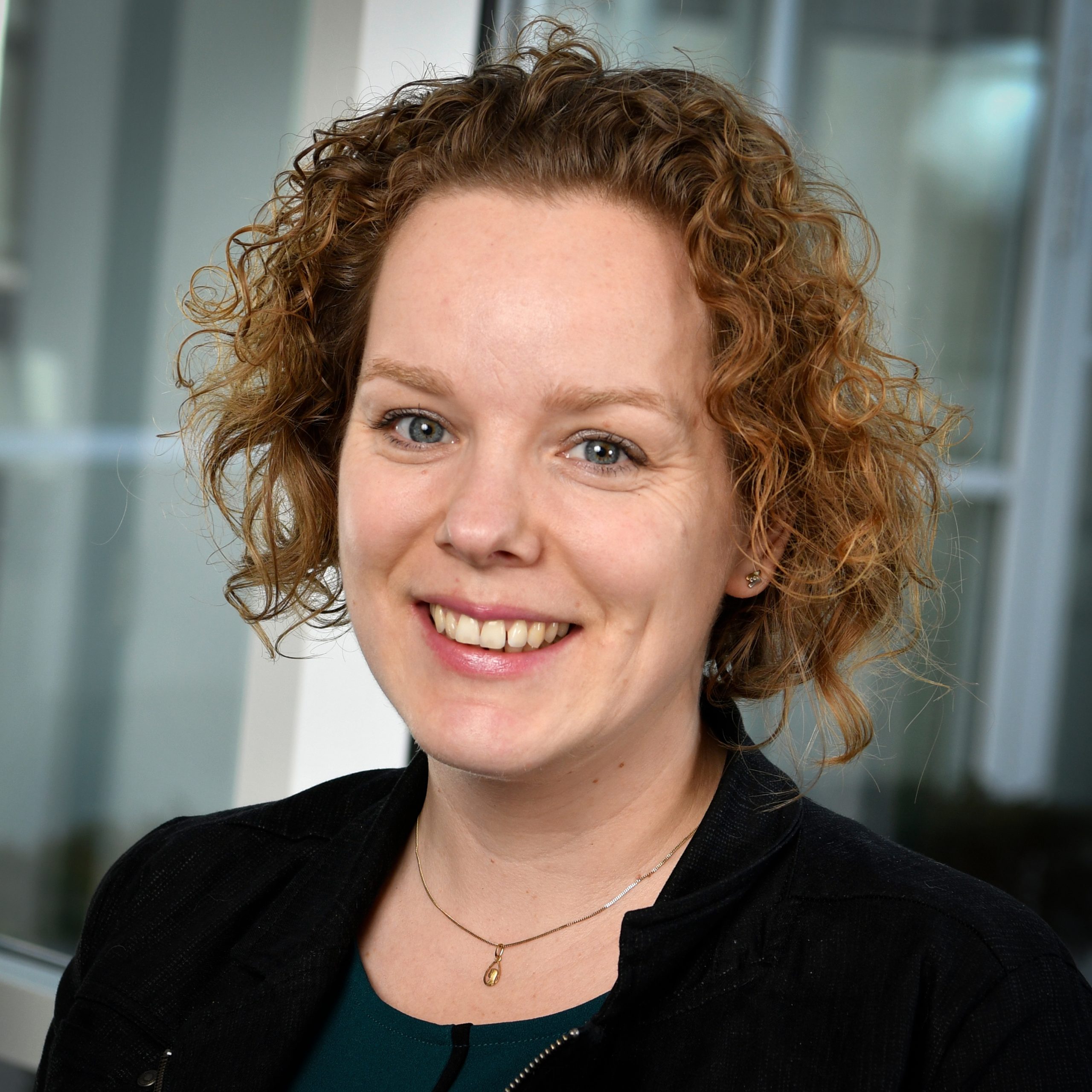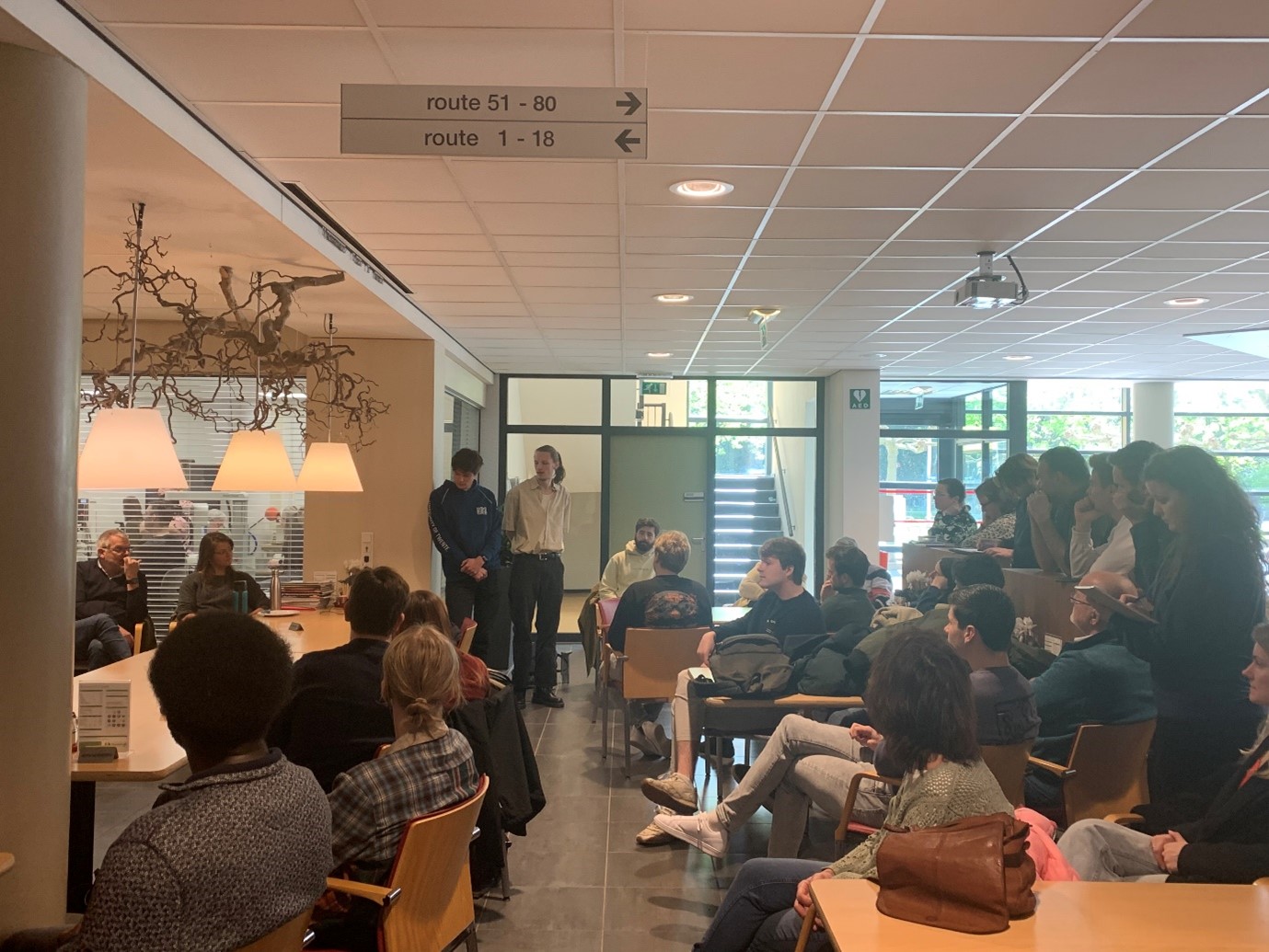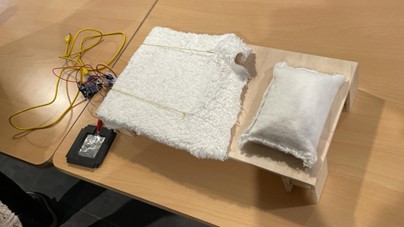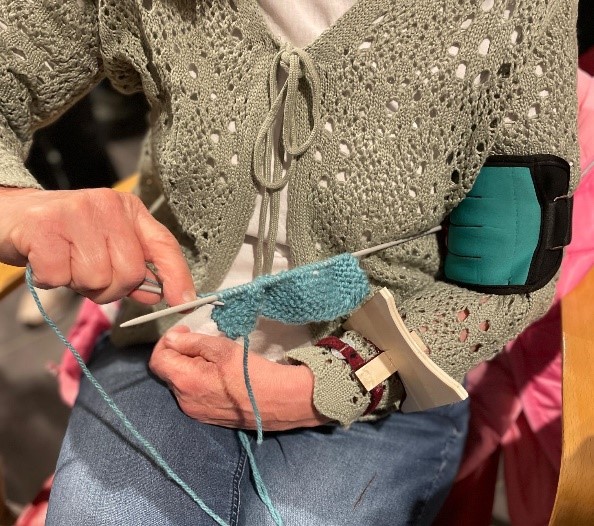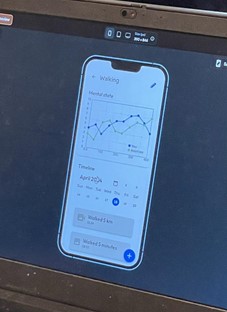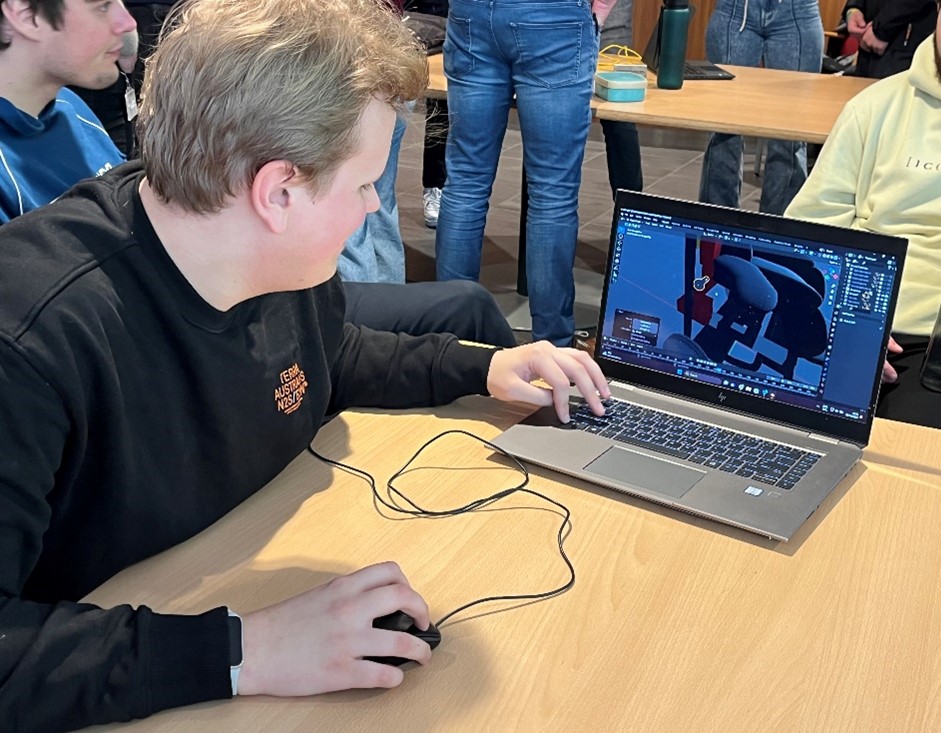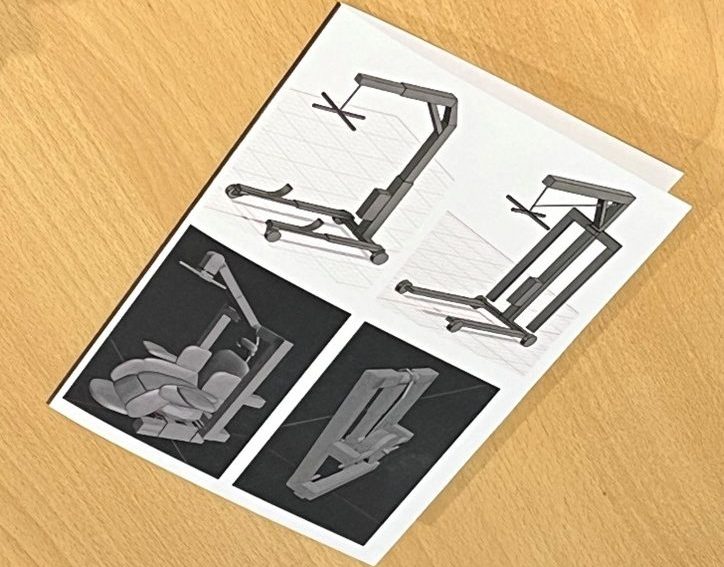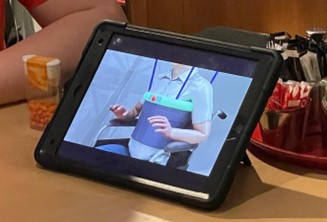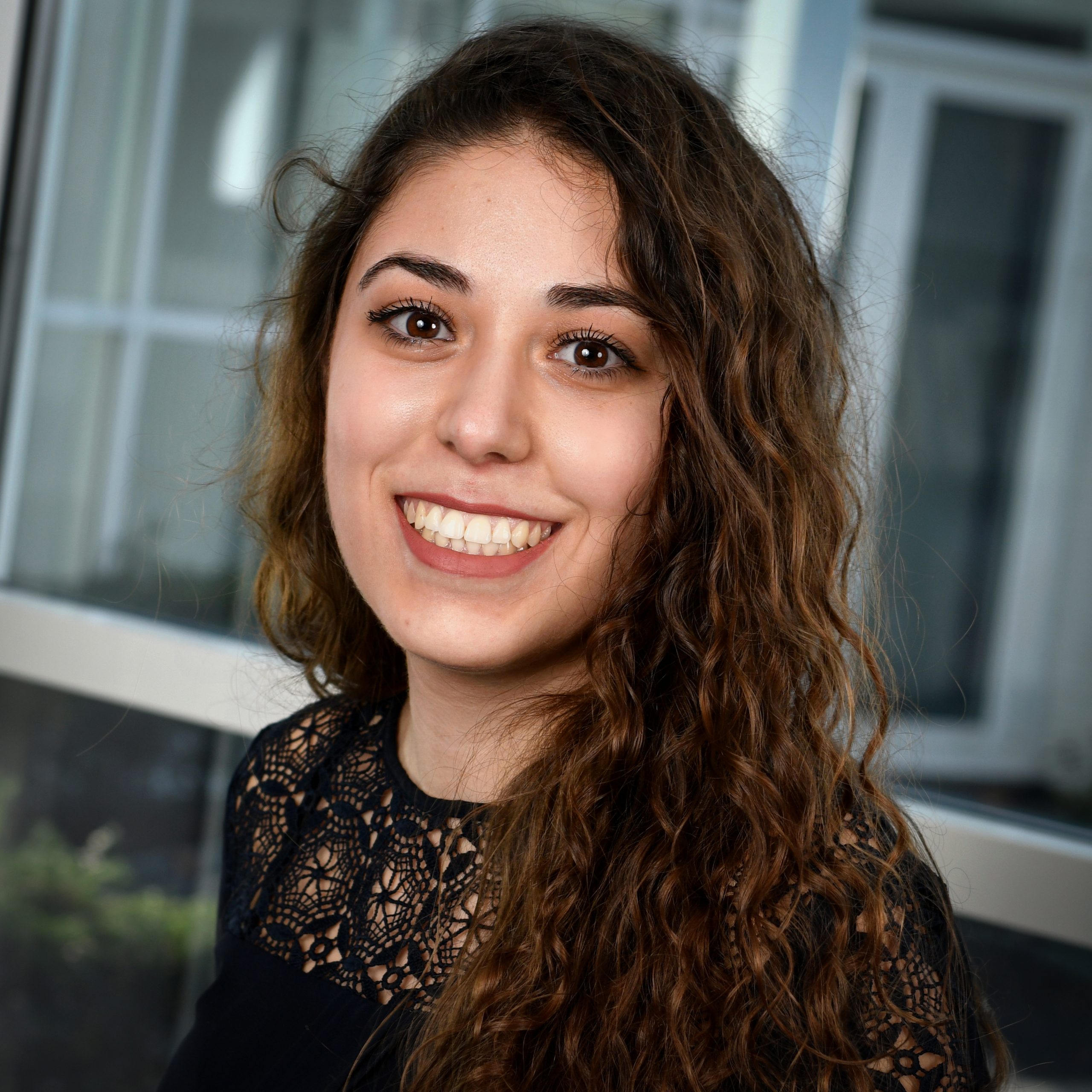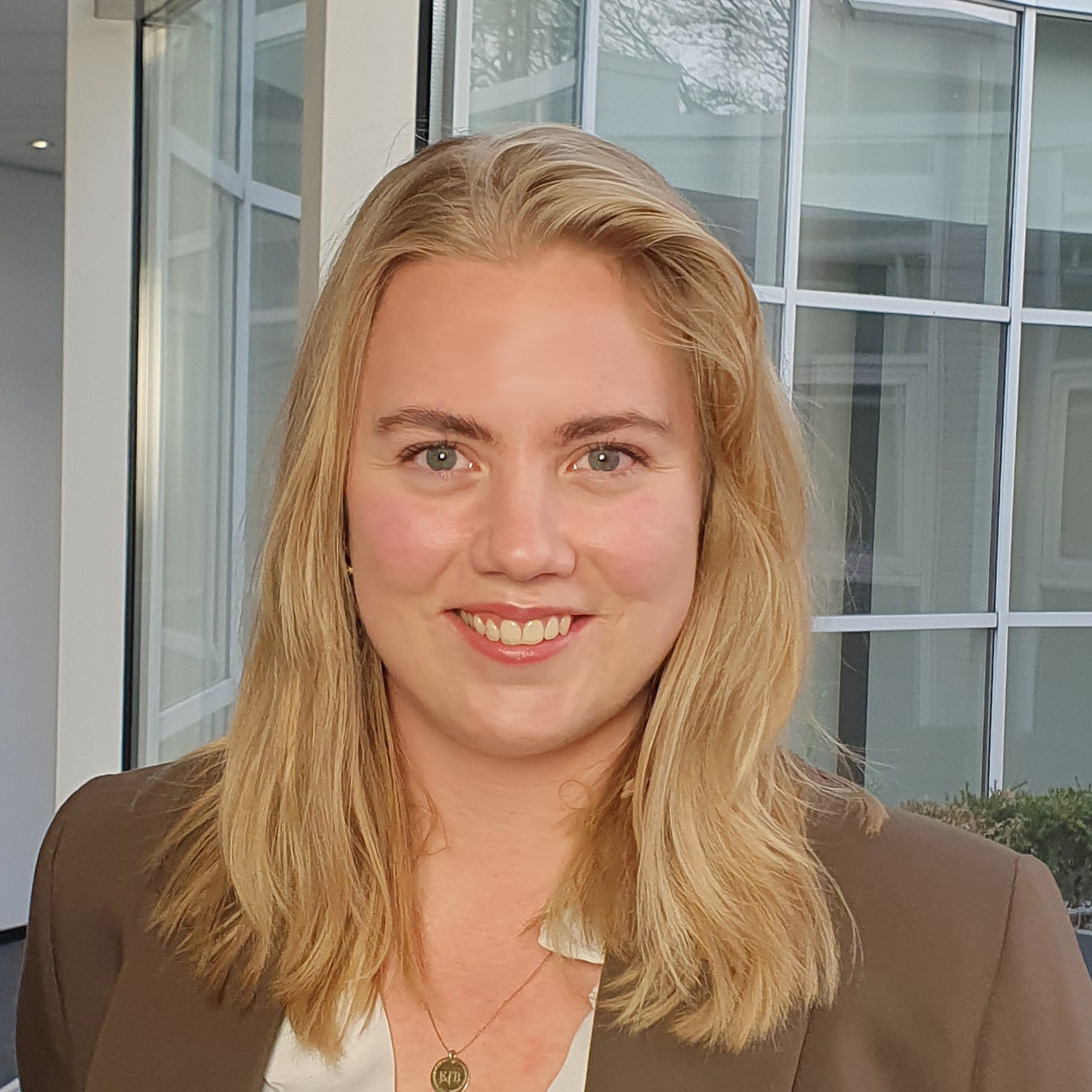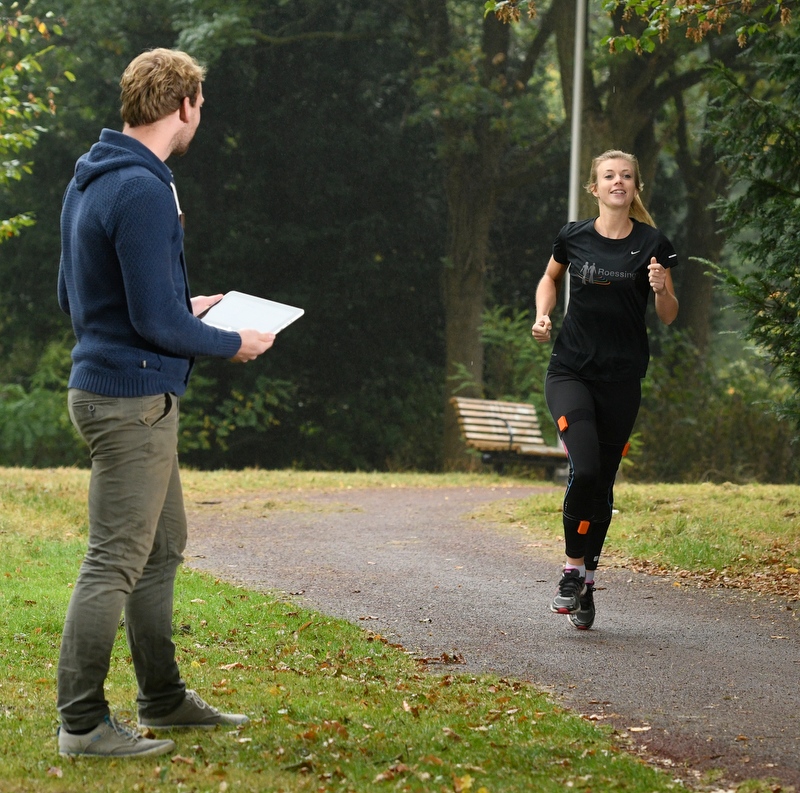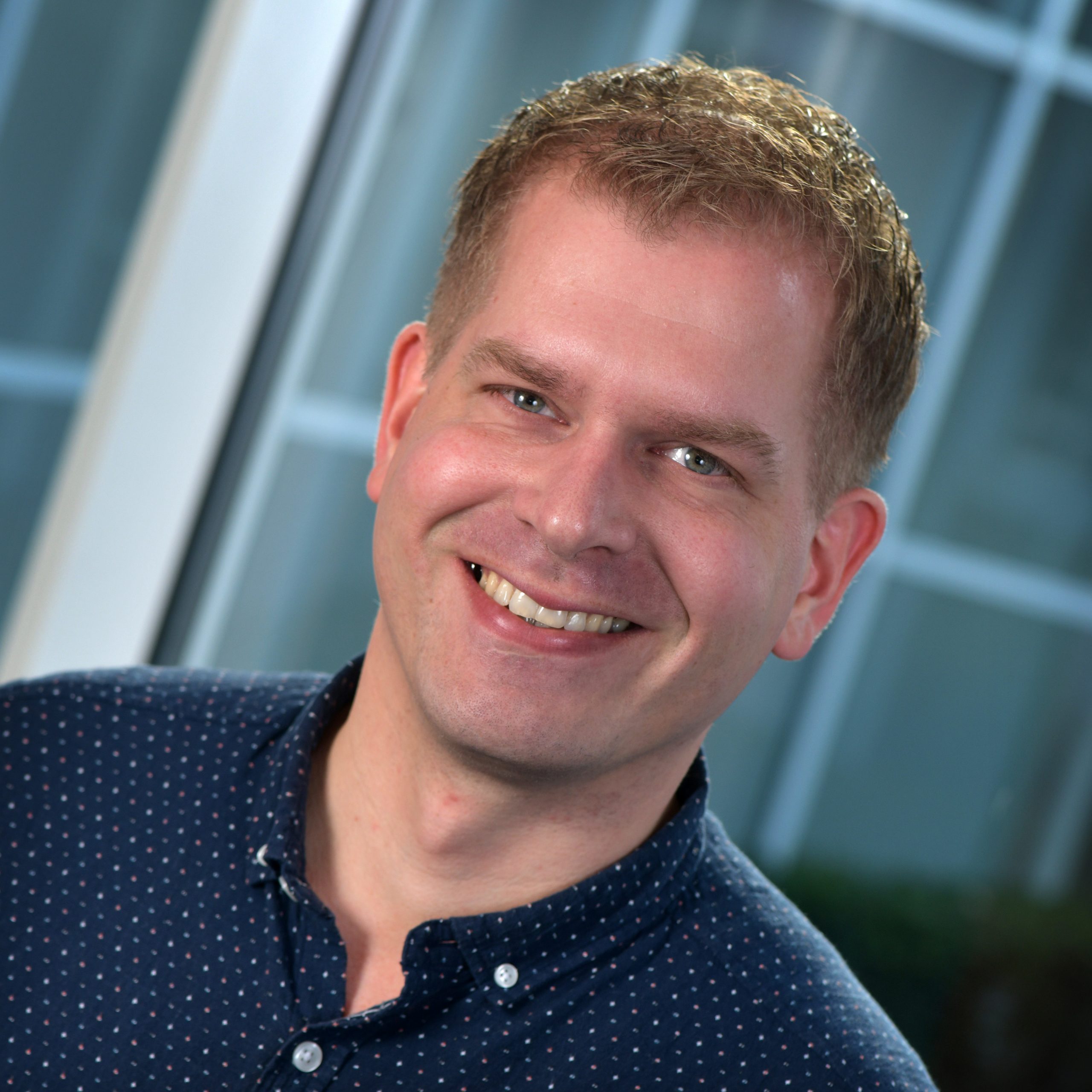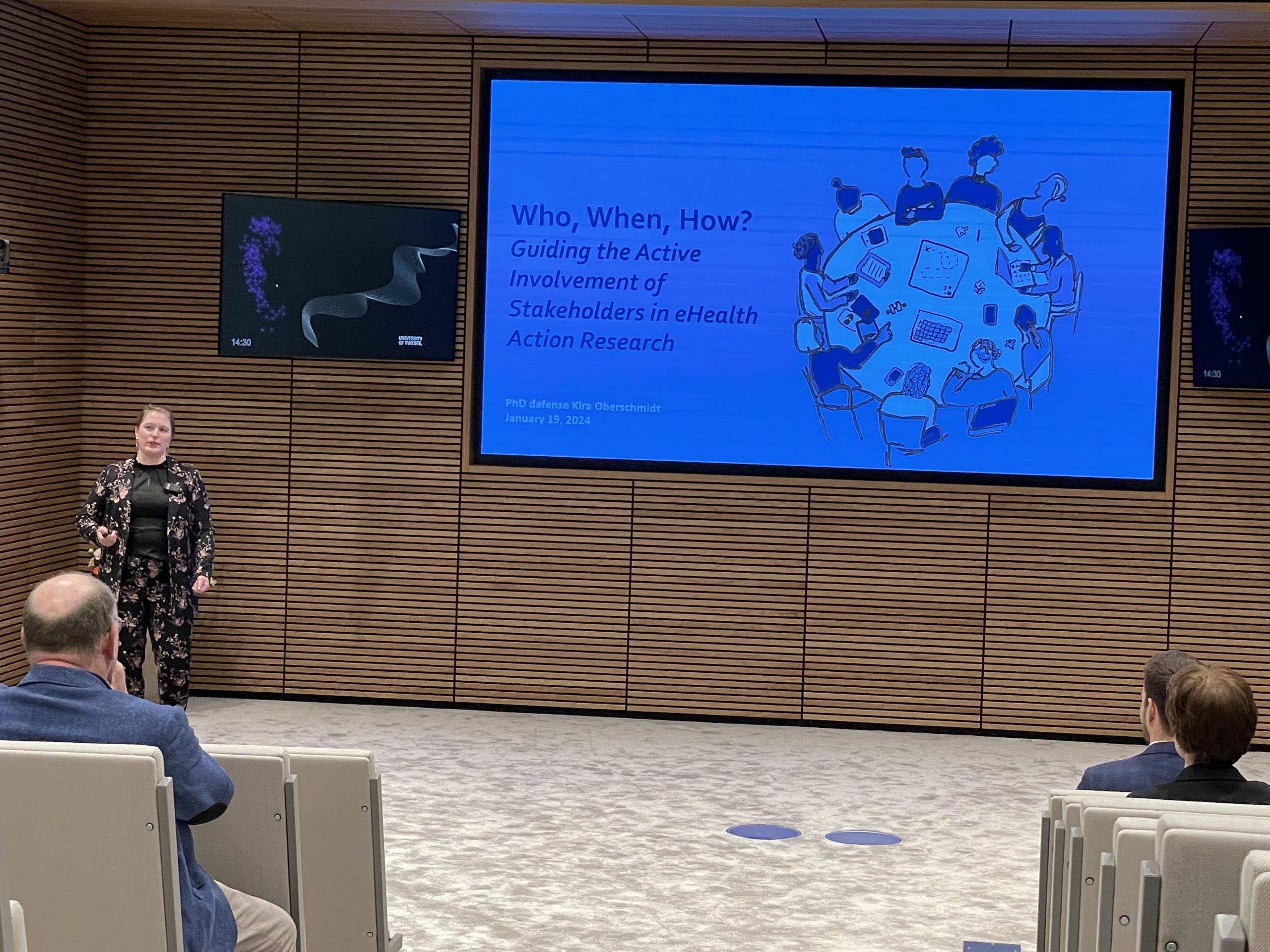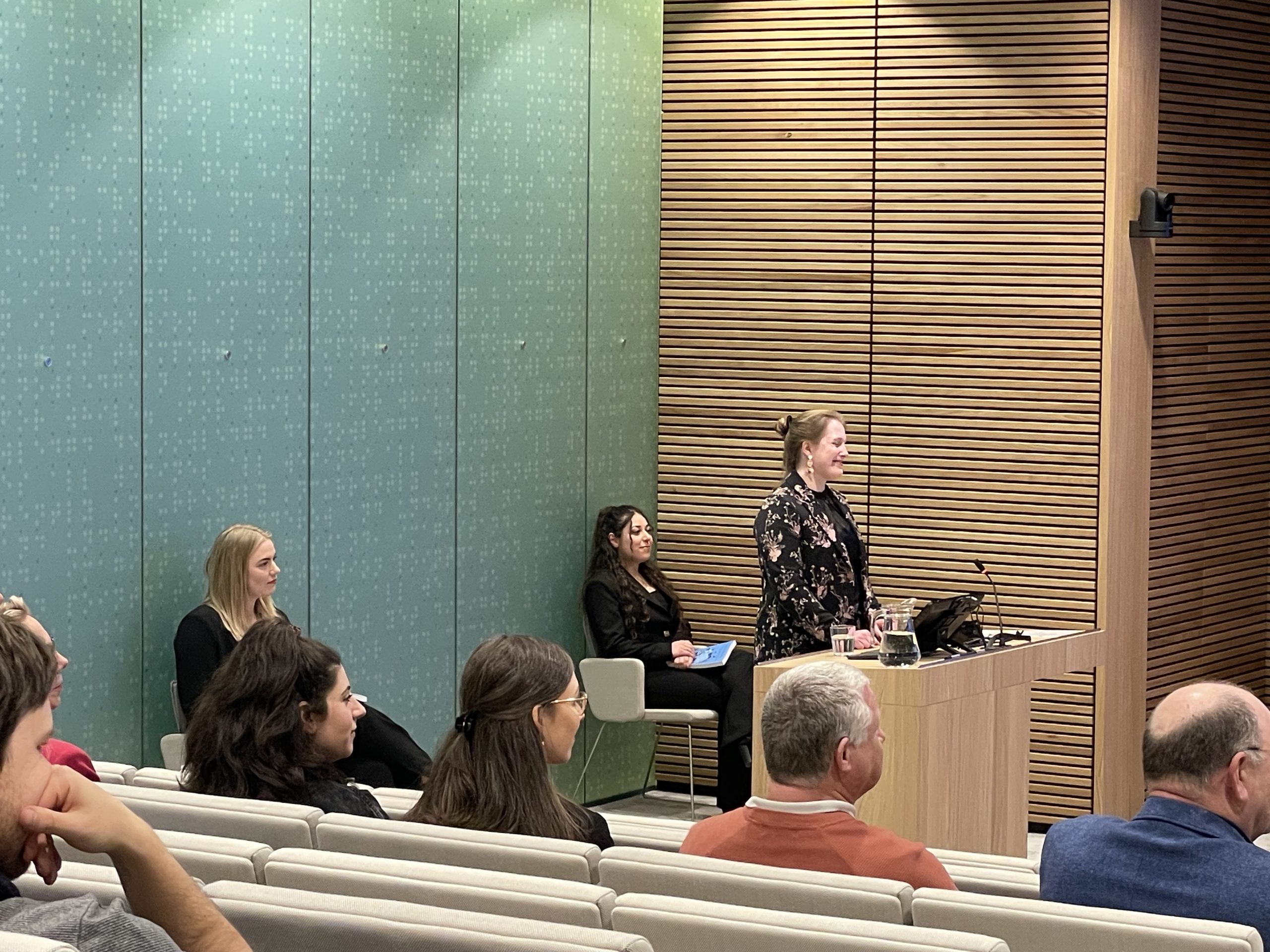Written by: Christiane Grünloh
In a collaboration between University of Twente, Roessingh Research and Development and Roessingh Arbeid, researchers and stakeholders together explored the question of how to improve reintegration. This was in preparation for a grant application to develop and pilot innovative approaches. Before we thought about solutions, we wanted to talk to people who are involved in reintegration process: people who have been through this reintegration process themselves, representatives of employees and employers, and other parties involved (e.g. labour consultant, labour expert, company doctor and policy advisor).
Based on literature and the group discussions, we developed a project proposal, submitted it in July 2022 and also presented it in Utrecht in October 2022. Unfortunately, our idea was not among the 7 honoured projects ( which can be found here ).
Nevertheless, we were able to gain a lot of knowledge from the group discussions. We summarized these in a white paper. This is now publicly available on Zenodo (Link). Do you want to know more about the strengths, weaknesses, facilitators and barriers of the reintegration process in the Netherlands? Check out our white paper (only available in Dutch), or contact us!
